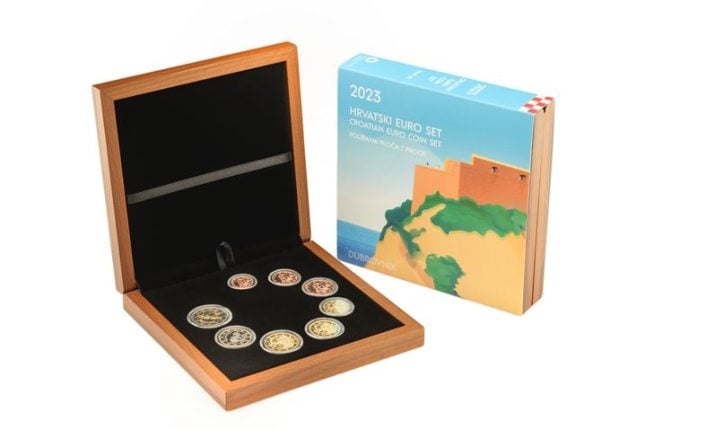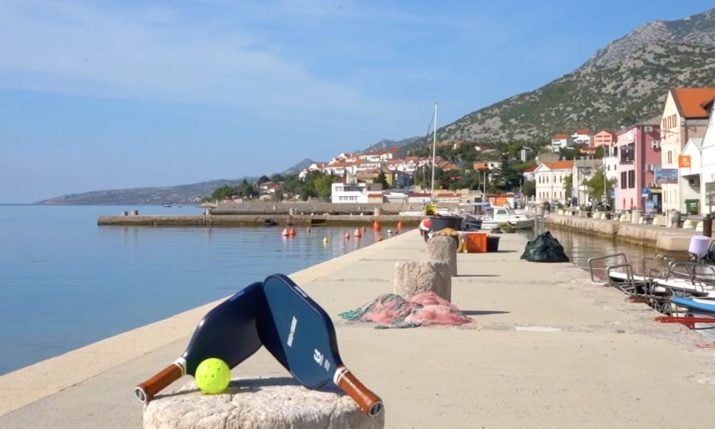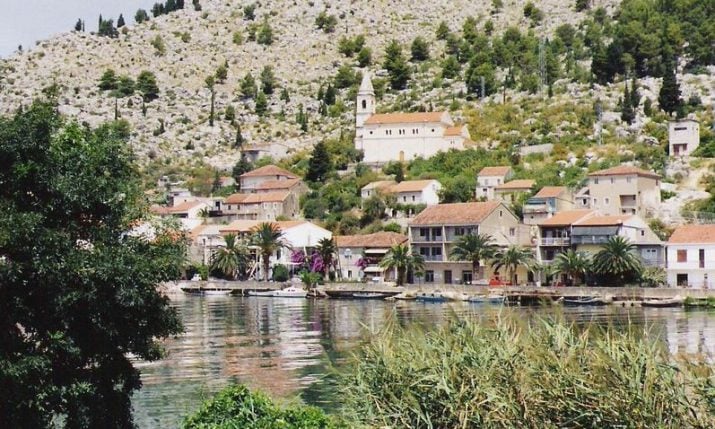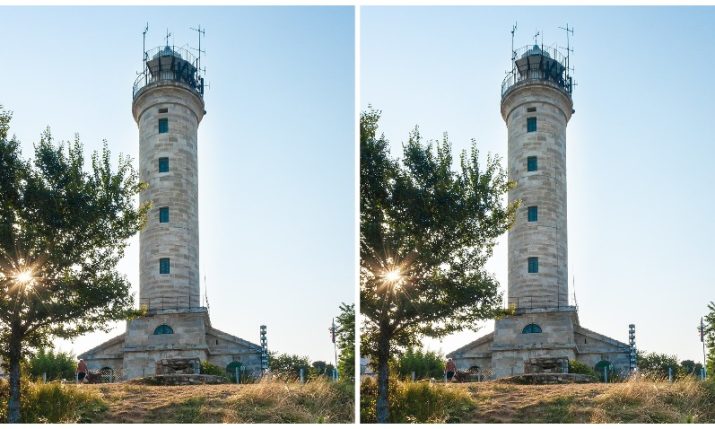Price explosion in Croatia: What’s behind the soaring costs?
- by croatiaweek
- in News
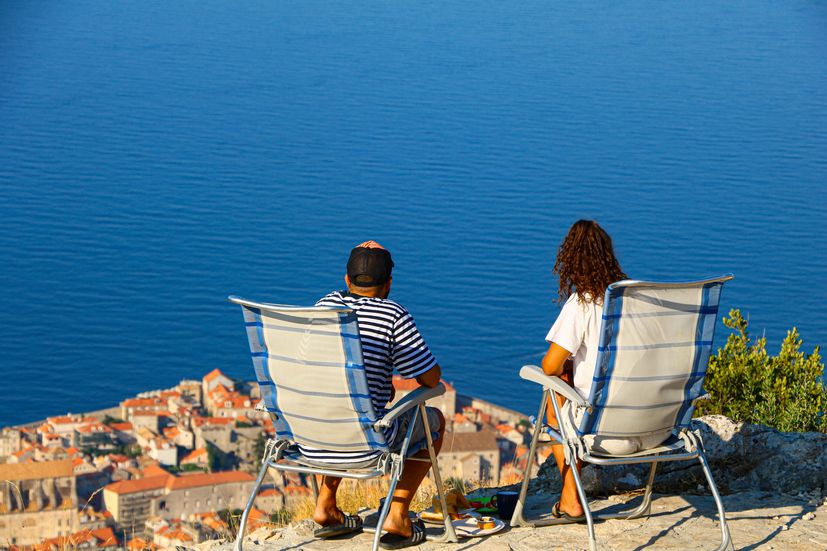
Croatia is a more expensive destination this summer
Accommodations, restaurants, groceries, and everything else are becoming more expensive in Croatia. The country has been experiencing a steady increase in prices for quite some time now, and there seems to be no end in sight.
Locals are raising alarm bells as everyday essentials like groceries and restaurant meals have become scarcely affordable. Even tourists spending their vacations in Croatia are expressing astonishment and frustration at how prices have evolved.
In recent weeks, numerous headlines such as “Tourists Shocked by Prices – Reactions Follow,” “Croatia: Paradise Lost as Prices Rise,” or “Price Hike Shakes Up Croatia Vacationers” have been published in the media, drawing attention to the increased prices in Croatia. Vacationers are taken aback by the price development and are speaking of an end to the once-idyllic vacation paradise. But what’s truly behind this? Croatia travel specialists Kroati.de have fact-checked it and dug deeper.
Yes, it’s true that Croatia has become progressively more expensive as a popular travel destination in recent years. Prices for food, services, and more have been climbing for months, seemingly without any visible end in sight. While the introduction of the Euro is not solely to blame, there are indeed several factors that have contributed to this situation.
Croatia’s economy continues to grapple with an ongoing energy crisis and inflation, reaching a peak of 13.5% in November 2022, inevitably leading to a general rise in prices. The additional currency transition to the Euro on January 1, 2023, happened at an unfavourable time.
Nonetheless, the Croatian government is actively working on developing strategies to address these challenges and ensure economic and price stability.
Escalating Accommodation Prices
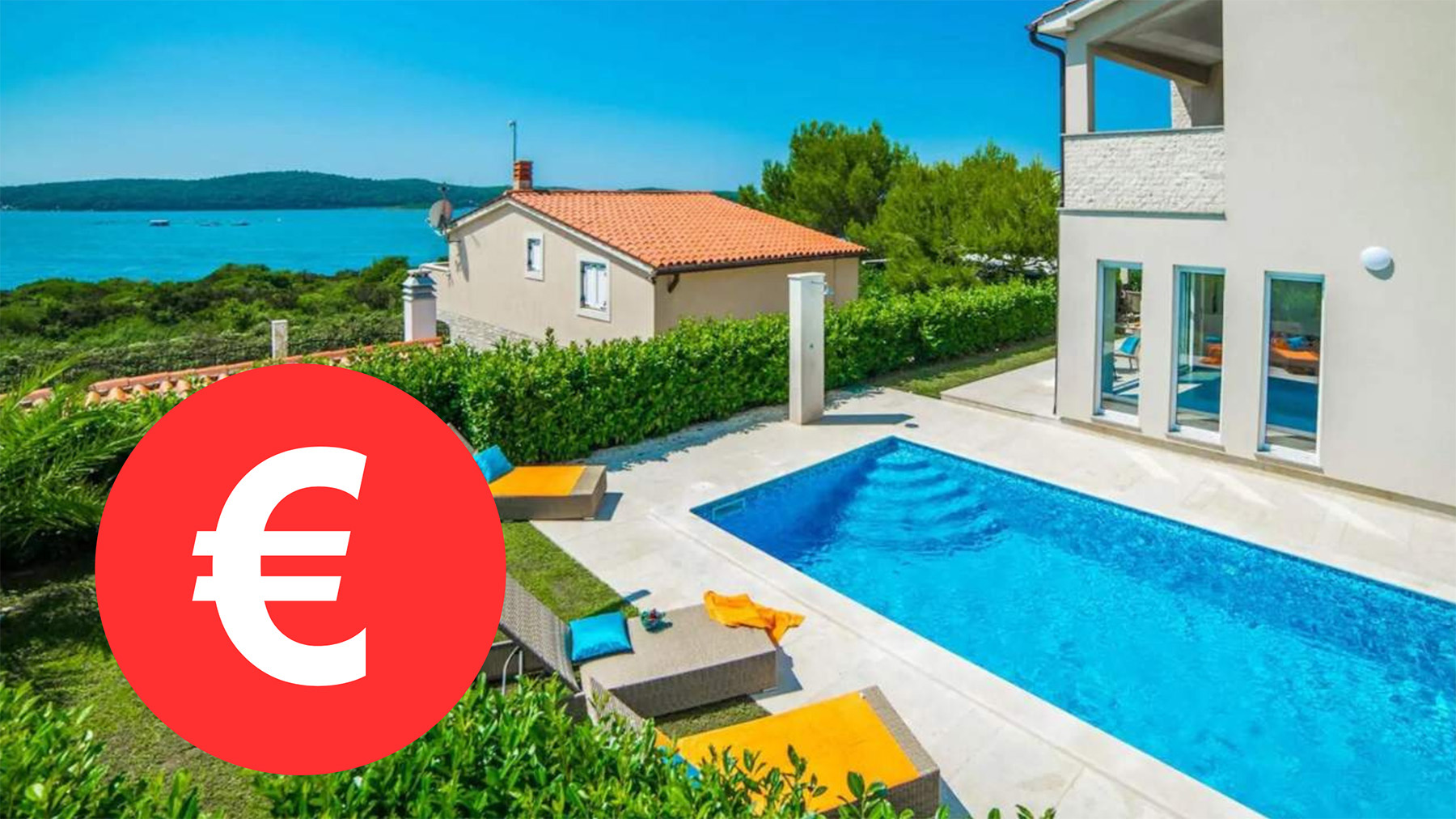
(Photo credit: Kroati.de)
In 2023, numerous owners and landlords of vacation rentals in Croatia significantly increased accommodation prices. They justified this hike by citing pervasive inflation, elevated operating costs due to the energy crisis, and increased wages for cleaning staff, all contributing to further price increases.
The planned transition from the Croatian Kuna to the Euro was also used as an opportunity to arbitrarily raise prices. In some cases, accommodation costs were up to 50% higher than the previous year, with no noticeable improvement in service quality.
Additionally, the months of July and August of the previous year (2022) were seen as the supposed end of the COVID-19 pandemic, leading to regained travel freedom and complete booking of those months. Due to high expectations from landlords, this led to the mentioned pricing policy.
This sudden price adjustment and development have left many vacationers surprised and rightly displeased. Despite strong bookings for the peak season (June to September) in the early months of 2023, the skyrocketing prices triggered a wave of cancellations.
This resulted in accommodation occupancy rates being up to 10% lower compared to the previous year. In response, many landlords drastically reduced accommodation prices in the short term to fill booking gaps.
Rising Food Prices
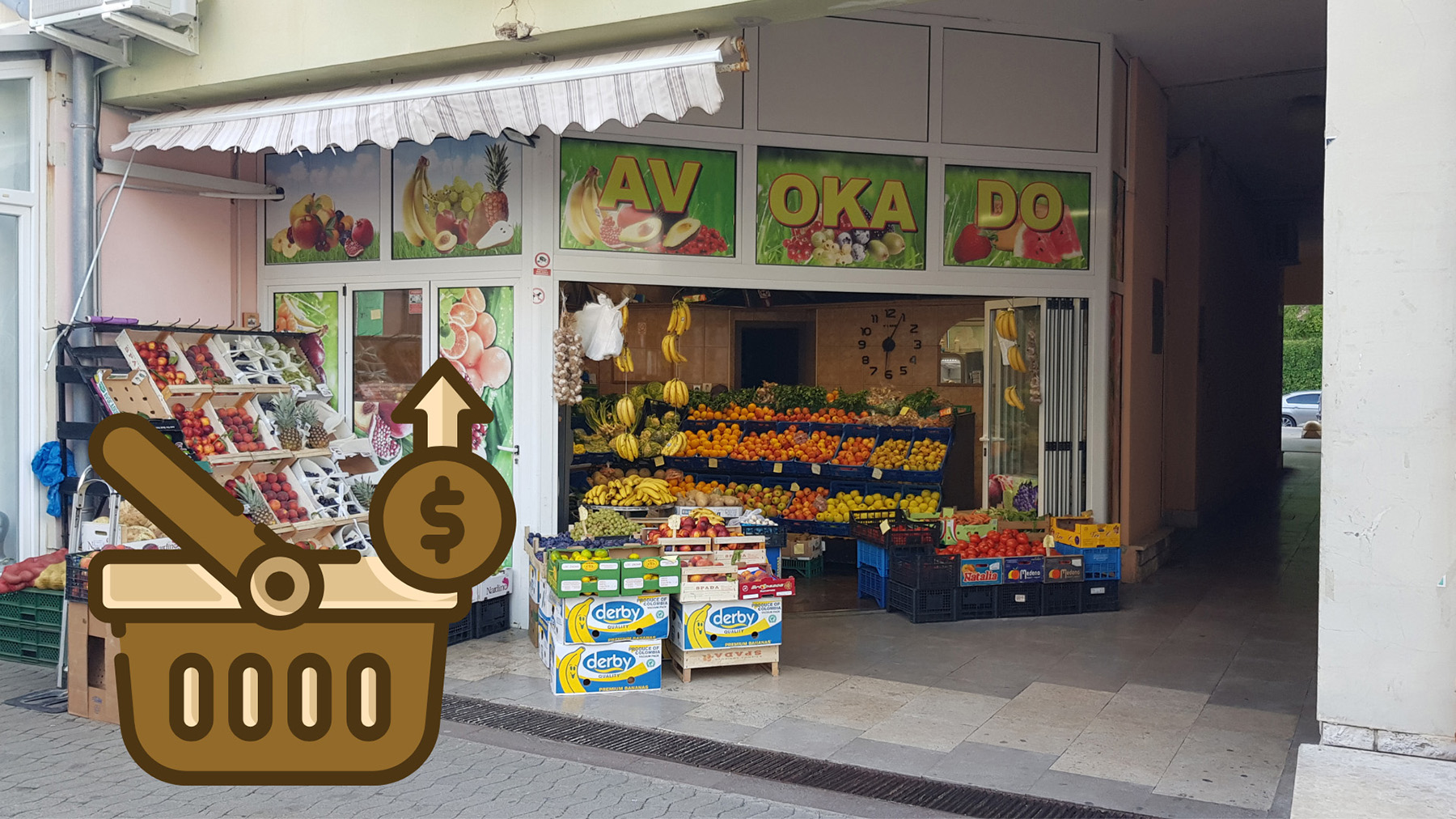
(Photo credit: Kroati.de)
Prices have also surged dramatically in Croatian supermarkets. A quick comparison reveals that many food items are considerably pricier than in Germany or Austria.
In 2022 and 2023, Croatia experienced a concerning increase in food prices that heavily burdened both consumers and the country’s economy. These price hikes were caused by factors such as higher energy and transportation costs, leading to increased production and delivery expenses that were ultimately passed on to consumers.
The elevated fuel and energy costs also had a detrimental impact on the entire food supply chain. Consequently, food prices in Croatia reached levels similar to or even higher than those in neighbouring countries.
For instance, bakery prices increased by around 15 percent. Similar trends were observed in retail, with products like milk, chicken meat, and beer rising by an average of about 17 percent. Notably, the price hike for vegetables was particularly pronounced, affecting several types. Kale saw an increase of 188 percent, red onions 95 percent, lemons 90 percent, oranges 89 percent, apples 86 percent, and carrots 80 percent.
While fuel prices remain among the lowest in the region due to government caps, imported products are grappling with massive price increases. This primarily impacts the daily lives of the local population and poses challenges for household budgets.
However, the government has taken countermeasures against inflation, including subsidies and support for farmers, price regulations, and promotion of local production. There is currently a slight relaxation in sight, as prices of individual products like sugar, oil, and grain are decreasing again, providing hope for the future (as of August 2023).
Restaurant Prices Soar
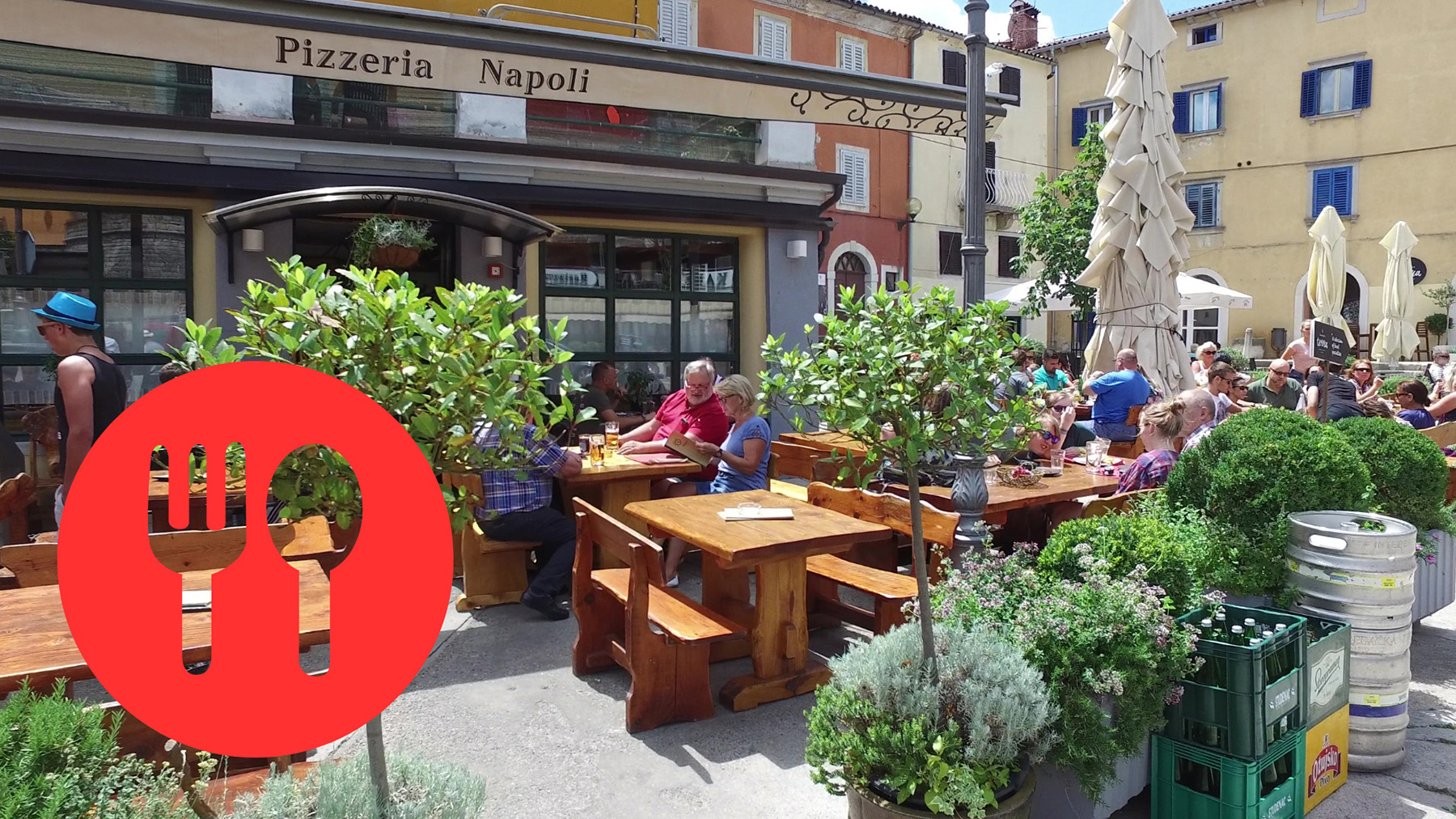
(Photo credit: Kroati.de)
In 2022 and 2023, Croatia’s gastronomy sector saw significant price hikes that affected both food and beverages, ranging from simple eateries to upscale restaurants. The costs of lunch and dinner have risen by about 20 to 25 percent compared to the previous year. Even everyday drinks like coffee and alcoholic beverages saw increases of up to 25 percent.
The reasons behind the price hikes in the restaurant industry are multifaceted. Alongside investments in infrastructure, rising raw material costs, increased food prices, and inflation all play a crucial role.
Measures implemented by the government to improve working conditions and raise the minimum wage also further escalated operating expenses. Some voices link these price increases to the shift from the Croatian Kuna to the Euro, but the government vehemently denies this claim.
Unfortunately, the currency transition also led to sporadic illegal and covert price adjustments by restaurant operators. Despite legal consequences and hefty fines, monitoring all gastronomy establishments has proven extremely challenging in practice. This led to disproportionate price hikes and arbitrary price calculations. These developments have caused confusion and astonishment both domestically and internationally.
Examples like a single scoop of ice cream for 5 Euros in Dubrovnik, a burger for 22 Euros in Rovinj, or a 0.1-litre Aperol Spritz for eleven Euros in Šibenik have sparked widespread disbelief.
For many locals, dining out has become an infrequent luxury due to these pricing policies. This has led most eateries in tourist areas to limit their opening hours to the summer months, further influencing price structures. While some businesses briefly profited from the higher prices, many consumers continue to struggle with the increased costs. The industry’s future developments in the coming years are therefore uncertain.
TikTok Poll – Has Croatia Become Expensive?
We initiated a poll on our TikTok channel, Kroati.de, posing the question “Has Croatia become expensive?” Nearly 700 people participated in the poll, with 81% answering “Yes” and 19% responding “No.” The results reflect the impressions of German-speaking tourists.
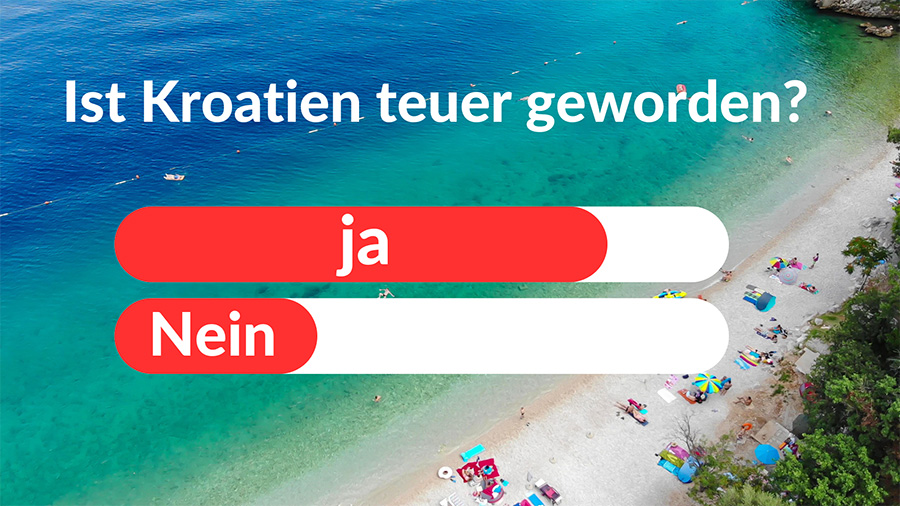
(Photo credit: Kroati.de)
Impact on Tourism
The future of tourism in Croatia will be significantly influenced by the country’s price developments. Undoubtedly, this presents one of the most significant challenges for the tourism sector. The potential for further unforeseen price hikes could lead to skilled professionals increasingly leaving the country, creating a significant gap.
To establish Croatia as an attractive travel destination, it’s crucial to pursue not only a balanced pricing policy but also to continually invest in improving the tourism infrastructure. Modernising accommodations, well-developed transportation routes, and sustainable leisure offerings contribute not only to travellers’ experience but also to the protection and preservation of the country’s natural resources and beauty.
These steps are essential to maintain Croatia’s long-term competitiveness compared to other popular travel destinations like Italy, Turkey, or Egypt.
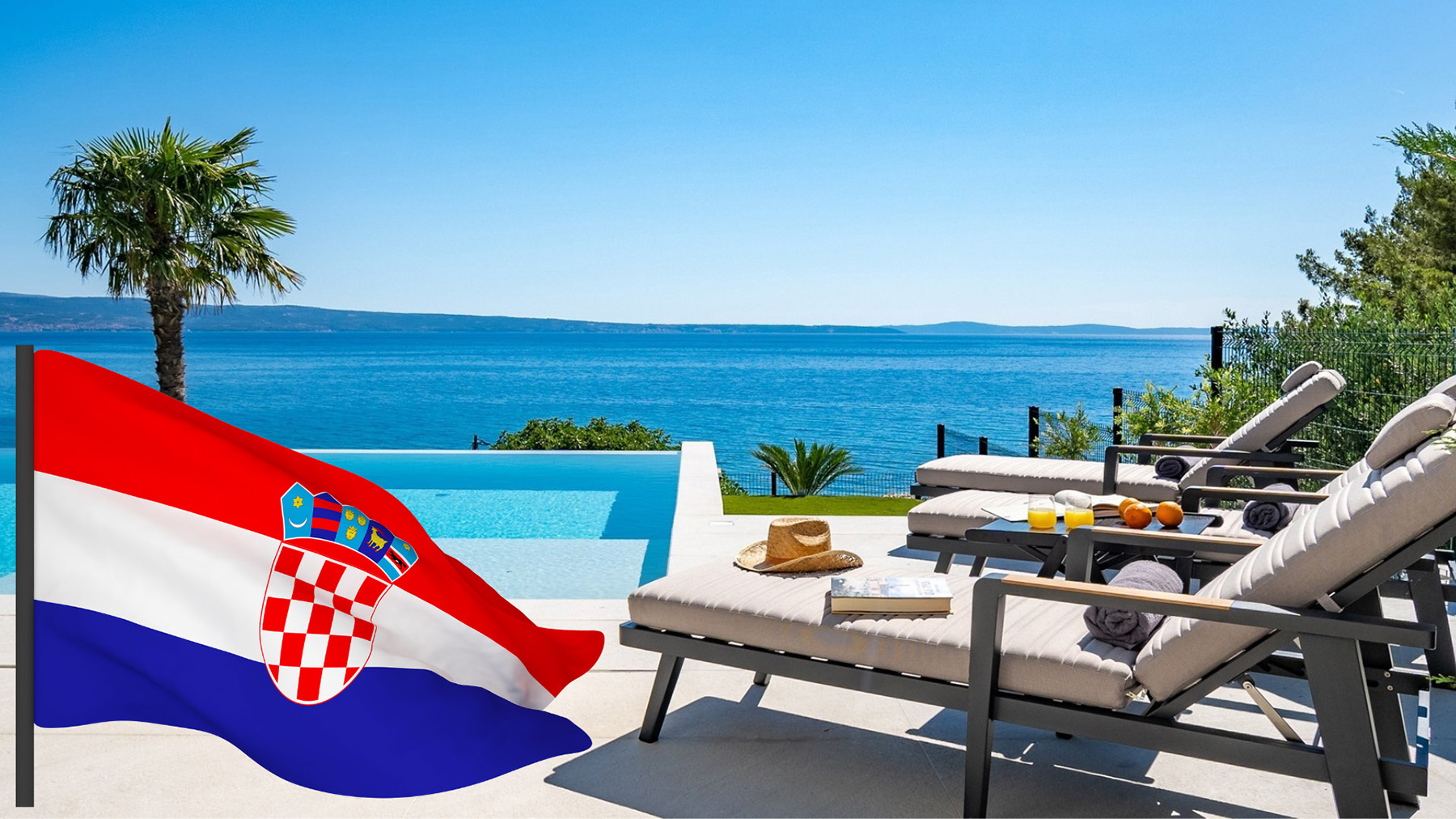
(Photo credit: Kroati.de)
In Conclusion
Both locals and tourists must adapt to the higher prices. For locals, financing everyday life is becoming increasingly difficult, likely leading to a rising trend of emigration to other countries. Croatia’s population has significantly decreased in recent years.
Tourists, on the other hand, no longer see Croatia as a budget-friendly vacation spot and are exploring other more affordable alternatives. While Croatia remains attractive, inflationary times also underscore the importance of prices. The prognosis for the future, in our opinion, isn’t promising, but despite the substantial price hikes, we remain optimistic because we love Croatia.



